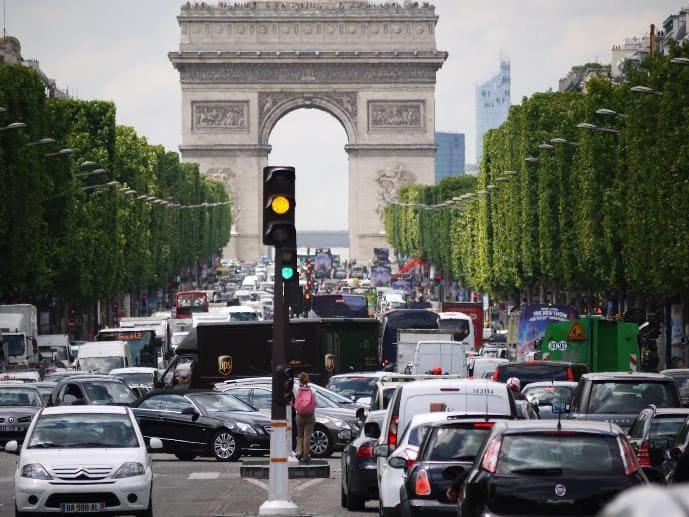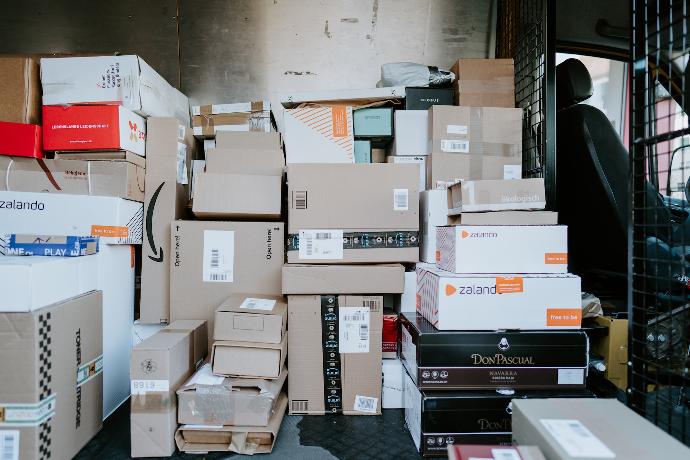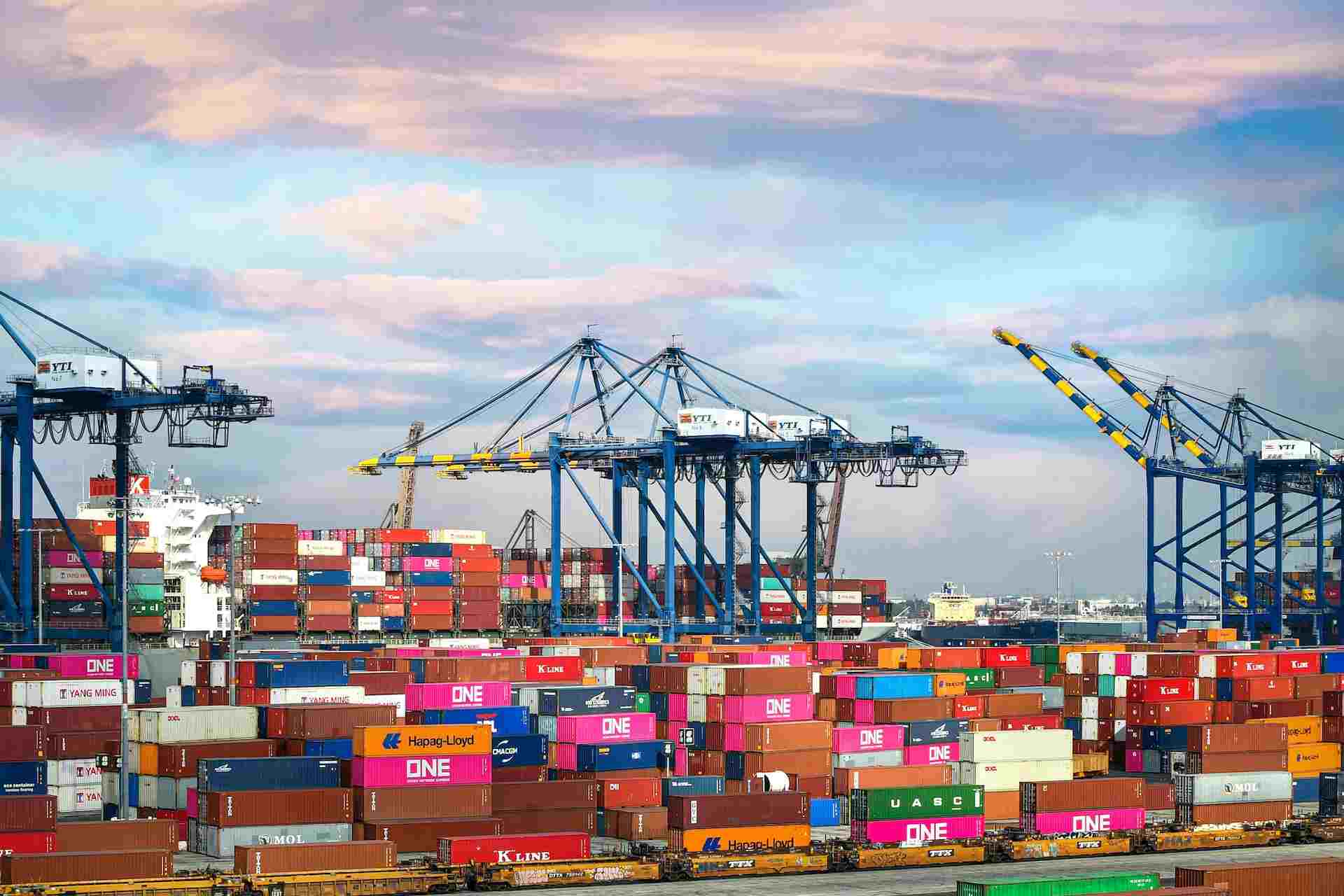Cyclelogistics
cheaper than a delivery van
compared to a standard combustion vehicle
30% faster
by bike vs delivery van (research done in the heart of London)

Urban delivery
The last mile, i.e. the last link in the logistics chain, represents 30 to 50% of the total cost of an urban delivery.
To keep cities liveable, more and more EPZs are being set up and the lower speed limits are also a parameter that influences the delivery mode.
Delivery by bicycle is one of the solutions that can meet these new challenges.
Cyclelogistics
Cyclelogistics is the term used to describe all the solutions that enable goods to be delivered by bicycle. Combined with existing modes of transport for long distances, it is integrated into the logistics chain. This leads to the concept of multimodality.
The purpose of cyclelogistics is to install warehouses called (micro-)hubs on the edge of city centres to allow access for bicycles to the city centres. This efficient delivery method has two main advantages: smooth deliveries and a reduced carbon footprint.

Transloading
With the addition of a vehicle in the delivery process, it is important to talk about transloading. Transloading is the process of moving goods from one vehicle to another. Currently, a lot of time is lost when transferring goods from long-distance vehicles (trains, boats, trucks) to bikes.
At FlexiModal, we are keen to reduce the impact of load breaks by using a standard already in use in European logistics; the EU pallet. By reducing the number of interactions with the goods being transported, you not only reduce the time spent transferring products from one vehicle to another, but you also reduce the number of handling operations and therefore the risk of breakage. OurBicyLift, facilitates this load transfer and uses an innovative and simple system for lifting and transporting pallets behind an ebike.


Standardisation
Not everything can be transported on EU pallets..
This is the reason why we develop adapted Modules capable of meeting the needs of each flow (parcels, fresh goods, pallets, meals, etc.).
By offering Modules in the standard 80 x 120 cm format, we aim to create micro-containers adapted to the requirements of city centres. We aim to duplicate the maritime container model on the scale of urban logistics.